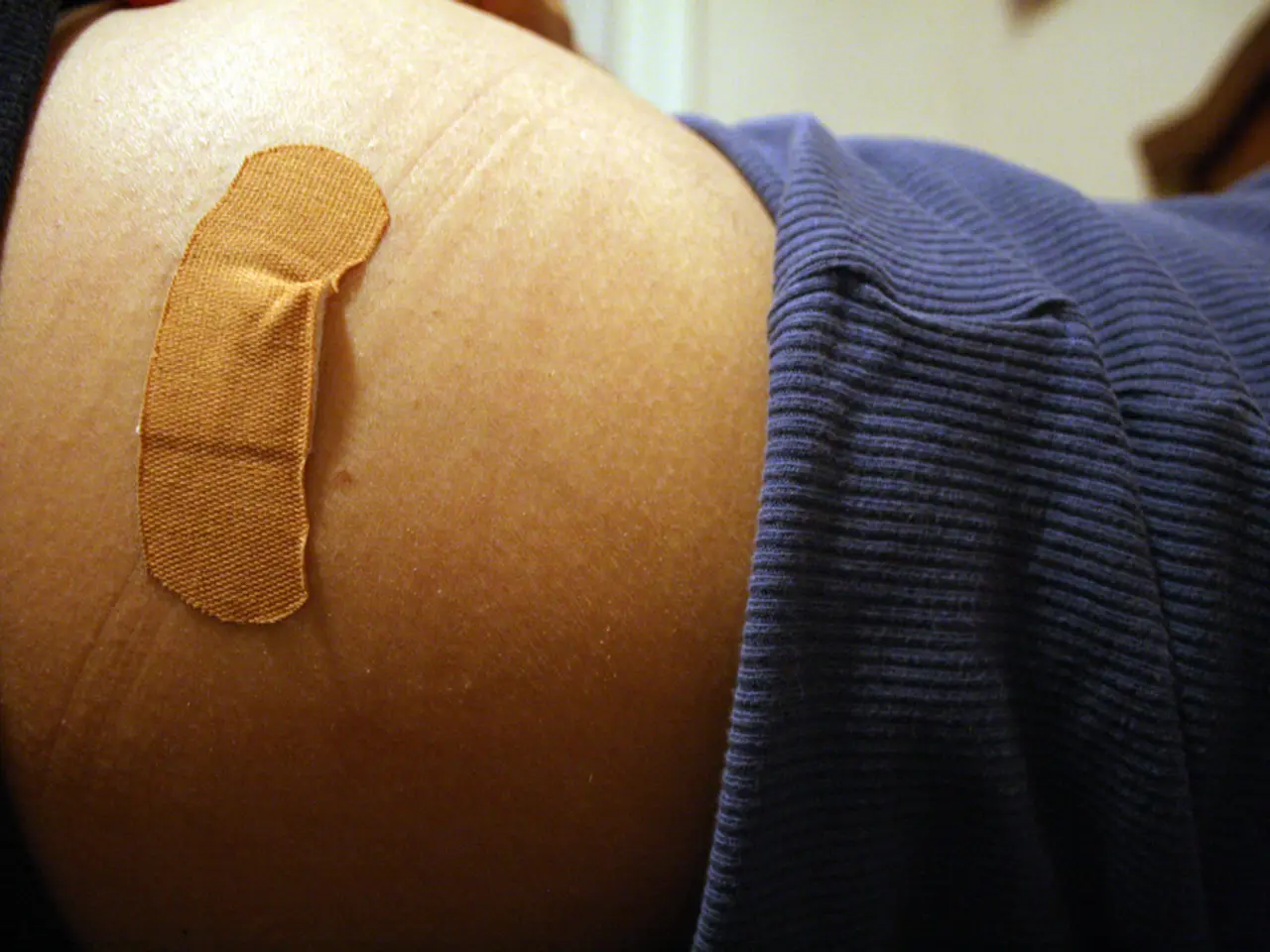Anatomical Analysis: Soft Palate Definition, Role, and Trauma
**Article Title: Understanding the Soft Palate: Its Role, Abnormalities, and Treatment**
The **soft palate**, also known as the velum, is a crucial and flexible structure located at the back of the mouth. Extending from the hard palate, it is approximately 3 to 4 cm long and terminates in a fleshy projection known as the uvula. Composed mainly of muscle and connective tissue, the soft palate provides both mobility and support. It contains accessory salivary glands that help keep the mouth and throat moist.
The soft palate plays a significant role in several essential functions, including speech, swallowing, and breathing. In speech, it helps articulate certain sounds by modulating airflow between the nasal and oral cavities. Proper closure of the velopharyngeal sphincter (formed by the soft palate and the lateral and posterior walls of the pharynx) is necessary for clear speech. During swallowing, the soft palate elevates to close the entrance to the nasal cavity, preventing food and liquids from entering the nasal cavity and facilitating their passage into the esophagus. Additionally, it allows for normal nasal breathing by permitting the oropharynx and nasopharynx to open during breathing.
Abnormalities in the soft palate can significantly impact speech, swallowing, and breathing. For instance, Velopharyngeal Insufficiency (VPI) occurs when the soft palate does not close properly against the back of the throat, leading to hypernasal speech and potential difficulties with swallowing. Another congenital condition is cleft soft palate, where there is a gap or cleft in the soft palate, which can lead to speech difficulties and swallowing problems similar to those seen in VPI. Swallowing disorders can be exacerbated by abnormalities in the soft palate, leading to difficulties in coordinating breathing and swallowing, and increasing the risk of aspiration pneumonia.
Treatment and management of soft palate abnormalities often involve speech therapy, prosthetic rehabilitation, and, in some cases, surgery. Speech-language pathologists are crucial in assessing and treating speech and swallowing disorders related to soft palate abnormalities. Prosthetic rehabilitation can help restore the function of the soft palate, improving speech and swallowing. Surgeons can operate on cleft lip and palate, usually before the baby's first birthday, to aid breathing, speech, language, and hearing.
It is essential to note that a palate injury can occur from hot food, which can cause ulcers on the roof of the mouth and potentially become infected. To treat a palate injury, healthcare professionals may prescribe a 0.12% chlorhexidine disinfectant mouthwash and advise avoiding smoking, drinking alcohol, and consuming very hot or acidic foods or drinks. In some cases, people may develop a tumor in the soft palate, usually on the front portion closest to the hard palate.
In conclusion, the soft palate is a vital and flexible structure that plays essential roles in speech, breathing, and swallowing. Understanding its functions, common abnormalities, and treatment options is crucial for maintaining optimal oral and overall health.
- Diabetes, type 1 and type 2, can lead to various complications, including respiratory conditions, cardiovascular health issues, and eye-health problems due to the chronic nature of the disease.
- Science continues to develop predictive models to identify potential health risks associated with obesity, such as the onset of diabetes, sleep disorders, and a variety of chronic diseases.
- Workplace-wellness programs have gained popularity, addressing issues like mental health, nutrition, fitness, and exercise to reduce the burden of chronic diseases such as diabetes and obesity on employees.
- Chronic diseases like diabetes can also contribute to cases of depression, necessitating the integration of mental-health resources into health-and-wellness programs.
- Aging is accompanied by an increased susceptibility to various health issues, such as cancer, skin-conditions, autoimmune-disorders, and neurological-disorders.
- Hearing impairment is a common age-related health issue, with men often reporting higher instances of hearing loss than women.
- Women's health encompasses concerns related to female reproductive systems, sexual-health, menopause, and breast cancer, all requiring regular check-ups and screening.
- Parenting can be particularly challenging for mothers dealing with postpartum depression, a mental-health condition that affects both the mother and child's overall well-being.
- Cases of skin-conditions such as acne, eczema, and psoriasis can be managed through skin-care routines and, in some instances, therapies-and-treatments.
- Nutrition plays a significant role in managing weight-management and preventing chronic diseases like diabetes and heart disease.
- In sports, proper rest, hydration, and recovery are essential to maintaining cardiovascular-health, preventing injuries, and promoting overall fitness-and-exercise performance.
- Mental-health conditions like anxiety, depression, and bipolar disorder have been on the rise, particularly in younger populations, and require attention to ensure proper diagnosis and treatment.
- Besides the soft palate, various parts of the mouth have accessory salivary glands, contributing to digestive-health by facilitating the digestion of food through the action of saliva.
- Medicare offers coverage for various medical-conditions, including diabetes, cancer, and respiratory-conditions, ensuring that beneficiaries have access to necessary treatment and care.
- CBD, a cannabinoid derived from cannabis plants, has shown promise in treating various health issues, such as epilepsy, anxiety, and chronic pain.
- A potential side effect of long-term use of certain medications for chronic diseases like cancer or rheumatoid arthritis (an autoimmune-disorder) is the development of skin-conditions.
- Therapies-and-treatments for treatment-resistant mental-health conditions, like depression and anxiety, have been developed to address the complexities of the conditions and ensure the best possible outcomes for patients.




